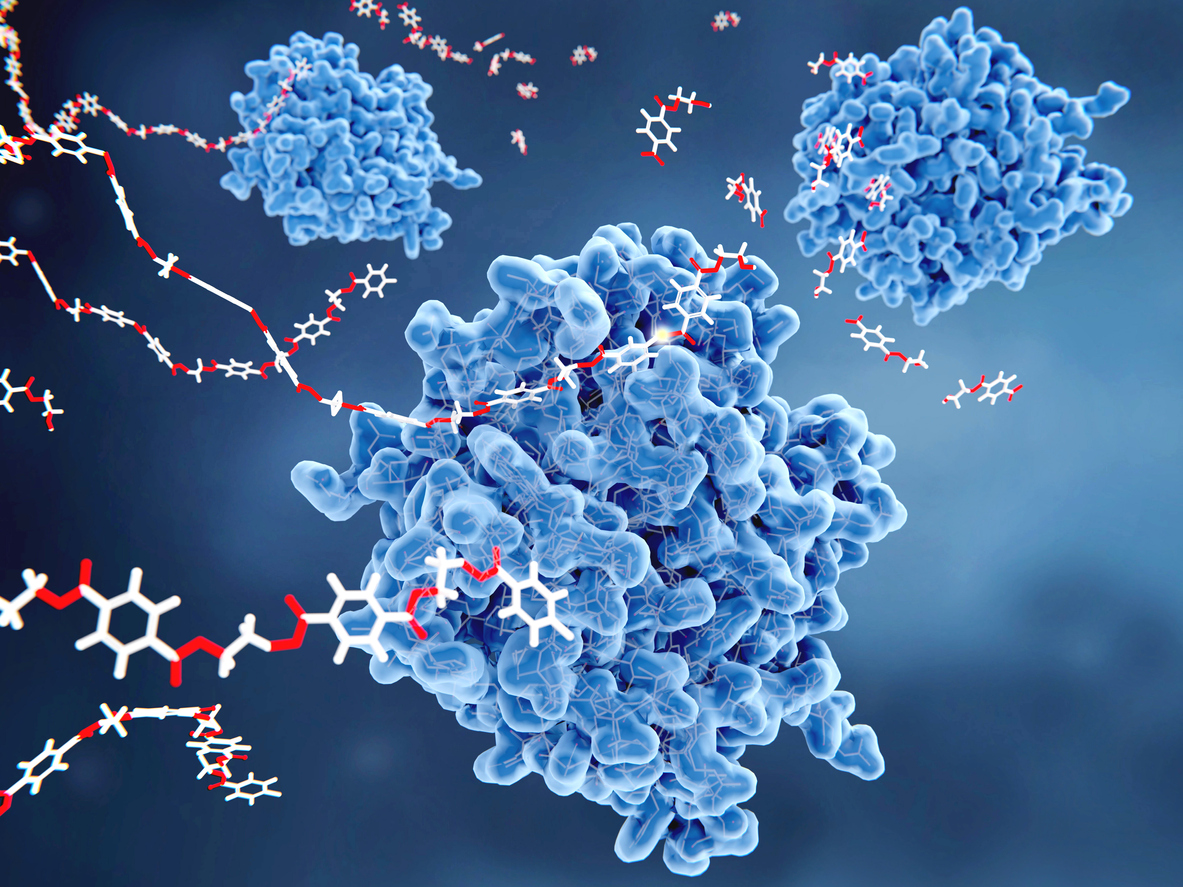PNC-27; a non-toxic cancer treatment
PNC-27 is a tiny and non-toxic part of a protein molecule that can attach to certain receptor sites only found in cancer cells. PNC-27 causes cancer cells to die.
Research(1) in 2014 from scientists at Drexel University College of Medicine, Philadelphia, and SUNY Downstate University, Brooklyn, New York, confirmed that they had “developed an anti-cancer peptide PNC-27, which is a membrane-active peptide that binds to the HDM-2 protein expressed in the cancer cell membranes of solid tissue tumor cells and induces transmembrane pore formation in cancer, but not in normal cells, resulting in tumor necrosis”. As such it is a non-invasive cancer treatment.
PNC-27 is a peptide – a piece of a protein – and research studies have gathered momentum over the past decade, since it was first discovered in 2006 by researchers from New York Harbor Veterans Administration (VA) Medical Center and the State University of New York (SUNY), Downstate Medical Center. The peptide is derived from the proteins of a moth and a fruit fly.
Dr. Sarafraz-Yazdi is an oncologist and Assistant Professor in the Department of Pathology at SUNY and gave a TED talk on the peptide in 2012 (2).
How does it ‘work’?
When cells become cancer cells they lose the normal function of the p53 gene. This is the ‘repair or commit suicide gene’. It spots trouble in the cells and mitochondria and either repairs the situation or destructs the cell. If the p53 gene is mutated and doesn’t function, the cell just continues to divide.
In cancer cells, a protein, HDM-2, is also over-expressed and this is found in the cells, mitochondria and membrane of a cancer cell. It is never found in the membranes of healthy cells.
PNC-27 binds to HDM-2 in the membrane and the binding causes a tear or a hole in the membrane, allowing fluids surrounding the cancer cell to rush in. This results in the destruction of the cancer cell.
Importantly, research has been conducted with both solid and non-solid tissue cancers. And PNC-27 was effective in both.
And, PNC-27 has also been shown to be effective with stem cell cancer cells, which would make this treatment a potential breakthrough in cancer as no drug is currently known to kill cancer stem cells – the cells lying at the core of cancers.
Finally, research has shown that PNC-27 works independently of the p53 gene.
Treatment
Treatment is available at the Hope4Cancer Institute in Mexico under Dr. Jiminez who is, apparently, an ‘expert’ in non-invasive cancer therapies. (The Gerson Institute along with at the Northern Baha Wellness Centre in California.)
It needs to be said up front that the work covered above used cancer cell lines in vitro. While there is little doubt that the scientists have developed something with huge potential, there is an enormous leap between in vitro studies and getting a fully-fledged treatment to work in a human patient. However testimonials in support of ’extraordinary results’ are growing. Please bear both in mind when reading on!
The treatment used is supposedly highly targeted to cancer cells, non-invasive, does not affect other body systems or stimulate metastases. It can result in a lot of toxins being released at once though with high fatigue and a sudden mayhem in blood scores.
The treatment has only been used since August 2015, and is given intravenously at the clinic for twenty days. You are then sent home with active suppositories, or nebulizers depending on the type of cancer.
Interestingly, the Hope4Cancer Institute continues with its many other treatments, from Sono-dynamic Therapy to virotherapies.
Early days yet but huge potential, no doubt.
Reference

